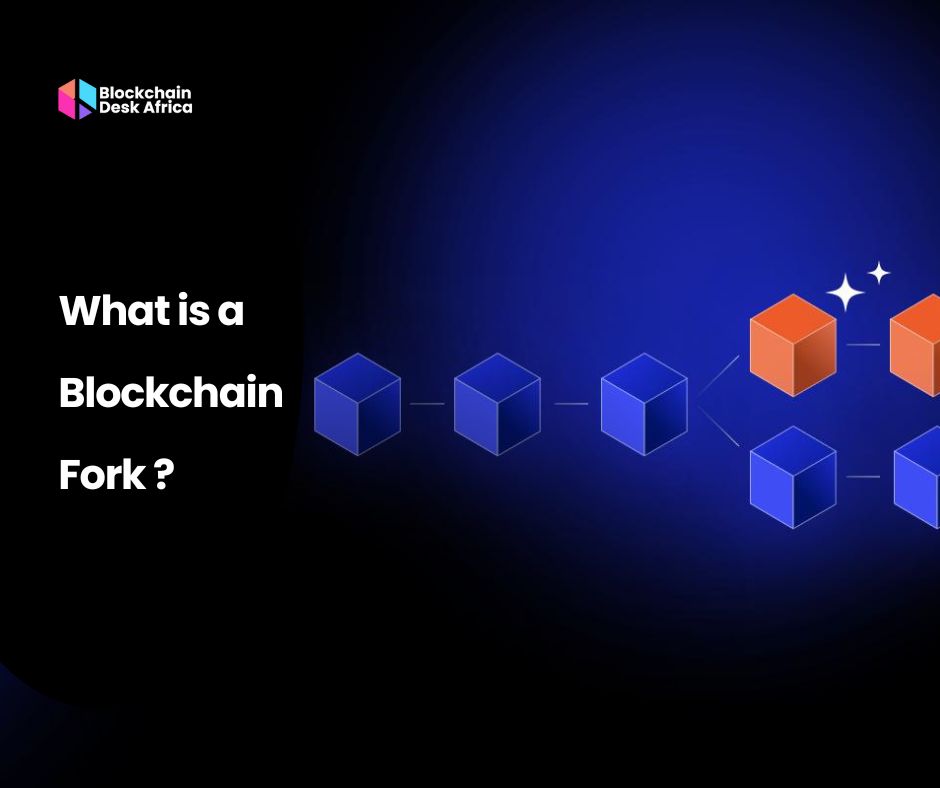In blockchain, evolution isn’t optional; it’s essential. Yet the way these changes are implemented can determine whether a network stays united or becomes divided. This is where hard forks and soft forks come in, two terms that are often misunderstood but are foundational to the evolution of blockchain networks.
Fundamentally, a fork signifies a split in the underlying blockchain protocol. Think of it as a split in the road, where developers and nodes either agree to go in the same direction or choose different paths entirely. This split can be temporary or permanent, and it all depends on how the changes are implemented and accepted.
Hard Fork: A Permanent Break with the Past
A hard fork takes place when a significant modification to the blockchain’s rules renders it incompatible with previous versions. This means that nodes running the old software version cannot validate blocks or interact with the upgraded network. If consensus is not fully reached, it results in the formation of two distinct blockchain networks.
For example, Ethereum and Ethereum Classic are products of a hard fork. After the DAO hack in 2016, the Ethereum community chose to reverse the transactions to refund users, creating a new chain. However, not everyone agreed, leading to the continuation of the old chain as Ethereum Classic.
Hard forks can happen for several reasons: fixing critical security flaws, adding new functionality, or reversing transactions after major failures. Importantly, they require widespread consensus among miners, developers, and users. If consensus is not reached, the chain splits.
Another notable instance is Bitcoin Cash. This fork occurred due to a dispute in the Bitcoin community over how to scale the network. One group wanted larger block sizes to accommodate more transactions per block, while the other preferred the existing structure. The disagreement led to the creation of Bitcoin Cash, which continues to operate independently of Bitcoin to this day.
Hard forks can be planned or contentious. Planned forks are agreed upon well in advance and generally go smoothly. Contentious forks often arise out of ideological differences or competing visions for a blockchain’s future. These forks can fragment communities and lead to confusion for investors and developers alike.
Soft Fork: A Gentle Upgrade
A soft fork is an update to the blockchain that maintains backwards compatibility. It enforces stricter rules while still enabling non-upgraded nodes to operate within the network, though with restricted functionality. Unlike hard forks, soft forks do not result in a new blockchain as long as a majority of nodes adopt the new rules.
One notable example is Bitcoin’s Segregated Witness (SegWit) update in 2017. It changed how transaction data was stored, improving scalability and reducing fees without requiring a split from the existing Bitcoin network. SegWit was a crucial step in enabling Layer 2 solutions like the Lightning Network.
Soft forks are often used to introduce new features, improve performance, or enhance security. Because they maintain compatibility with older versions of the protocol, they are generally seen as less risky. However, they still require a critical mass of miners and nodes to adopt the changes for them to be effective.
Unlike hard forks, soft forks do not guarantee a uniform upgrade path. Some nodes may choose not to upgrade, leading to subtle discrepancies in transaction validation. Over time, these nodes may become less useful, especially as more transactions adopt the new rules.
Why Forks Matter
Forks, whether hard or soft, represent the dynamic nature of blockchain governance. These decisions reflect the decentralised ethos of blockchain, where changes are not imposed by a single authority but debated and agreed upon by a community.
For users and investors, understanding forks is critical. A hard fork might double your holdings, but it also introduces fragmentation and uncertainty. A soft fork might seem more stable, but it may limit functionality for non-upgraded nodes.
Hard forks often get more attention because of their dramatic nature. They represent a visible and sometimes divisive moment in a blockchain’s evolution. However, soft forks are equally important, offering a way to improve systems gradually without breaking compatibility.
Forks can affect everything from the value of your tokens to the long-term viability of a blockchain. They can introduce new opportunities, new risks, and entirely new communities. Staying informed about upcoming forks is essential for anyone participating in the blockchain space.
Conclusion
In summary, hard forks are like revolutions, while soft forks are more like reforms. Both are tools to shape the future of a blockchain protocol. Understanding the distinction helps users navigate the shifting terrain of blockchain technology with clarity and confidence. In a space defined by innovation, forks are not failures. They are features embedded in the DNA of decentralised systems.
